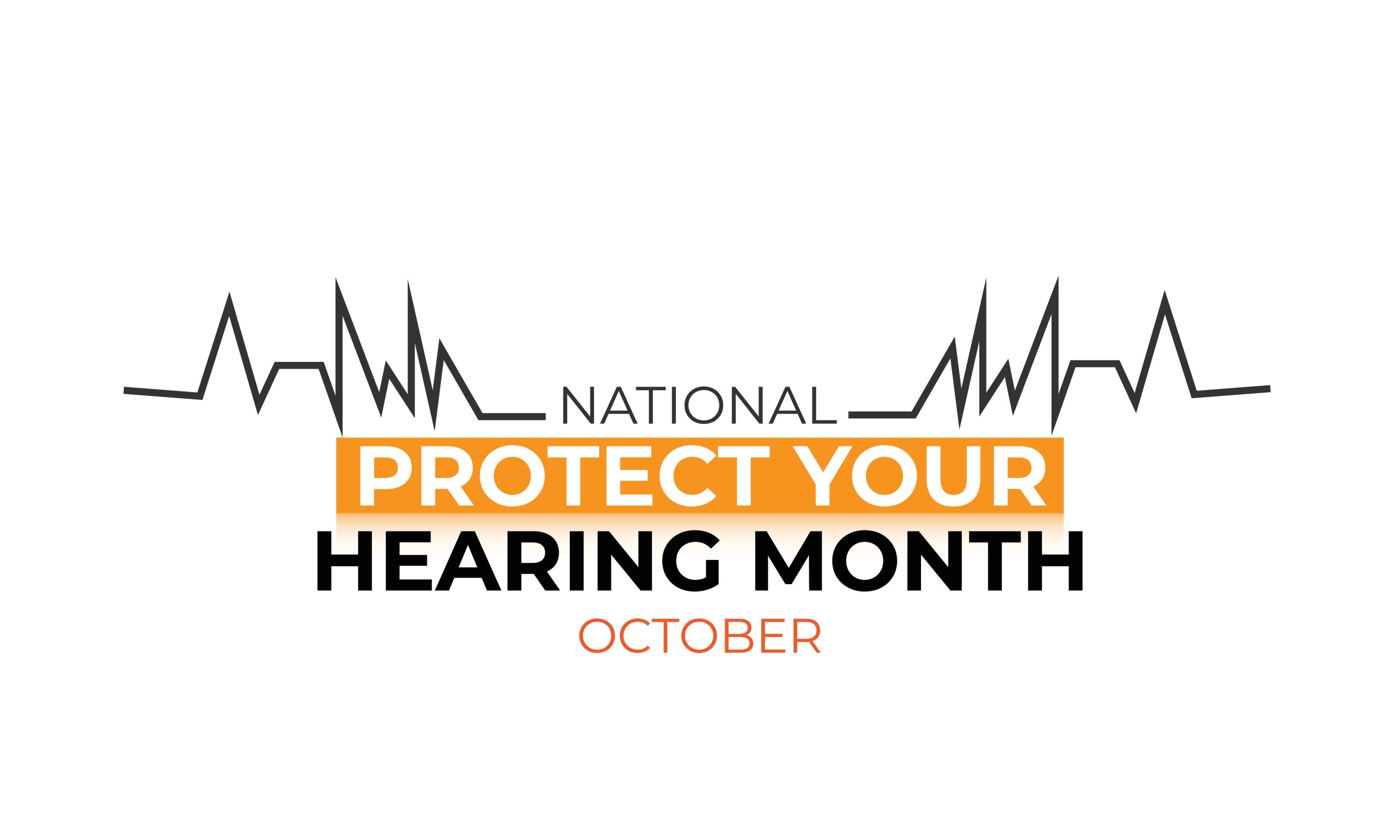Noise is a constant factor in our daily lives. From lawnmowers and traffic to personal audio devices, the world is more cacophonous than ever. The growing volume of sound poses a serious threat to your auditory health unless you take measures. As October marks National Protect Your Hearing Month, it serves as an opportune period to review how to safeguard this important sense.
How to shield your hearing: 8 key methods
Luckily, some effortless measures exist that allow you to insulate your hearing from common environmental sounds. The following are eight major pointers for protecting your hearing health.
1. Understand noise levels and their impact
To begin curbing hearing loss, you must know when noise intensity is dangerously high. Varying noises generate different decibel (dB) measurements; spending too much time around loud ones can result in unrecoverable hearing damage. Consult this brief summary:
- 85–90 dB: Lawn mowers, heavy traffic – Safe for up to 2 hours of exposure.
- 100 dB: Motorcycles, construction machinery – Hearing damage can occur in as little as 15 minutes.
- Instant damage is possible after merely a few seconds of exposure to noises over 110 dB, like explosions, gunshots, or fireworks.
Taking a preventative approach to noise awareness can help you avoid environments that are dangerous to your ears.
2. Measure sound levels yourself
Are you interested in discovering the true loudness of your environment? Your smartphone offers an easy way to measure these levels. You can download various complimentary sound meter applications to evaluate the noise in your vicinity. For the most precise results, ensure you measure the sound from your typical distance to the source.
Regular use of this monitoring tool can enhance your understanding of your surroundings, leading to smarter choices about hearing protection.
3. Keep the volume down on your devices
Regularly playing music or podcasts too loudly is a primary contributor to progressive hearing damage. Despite their handiness, headphones and earbuds often conceal certain risks. It’s important that many headphones can reach 100 dB, a level that can induce hearing loss in only 15 minutes of use.
Current data suggests that more than a billion young individuals face the threat of hearing impairment due to excessive earbud use. You should never set the volume on your earbuds higher than 50% of the maximum capacity if you want to preserve your ears. If you find yourself turning the volume up just to be able to hear, it likely means some degree of hearing loss has already occurred.
4. Avoid using music to drown out background noise
If you reside in a noisy neighborhood or frequently work in loud environments, it might be tempting to use headphones to drown out the background sound. However, turning the volume high enough to overpower the noise outside is unwise for your hearing. Opt instead for noise-canceling headphones; these devices make it possible to listen to your music or podcasts at a considerably reduced, safer level. In the absence of noise-canceling headphones, using earplugs is an efficient substitute.
5. Always use earplugs in loud settings
Whether you are at a concert, a sports event, or operating loud machinery, earplugs are crucial for those often exposed to loud environments. Since they are small, affordable, and easy to transport, earplugs offer an uncomplicated but powerful method of hearing protection.
Individuals who use earplugs often can obtain custom-fitted ones, which give superior protection and comfort compared to standard types. Never think twice about use earplugs when you are in a noisy location.
6. While at work, follow safety recommendations
If your job involves being around loud equipment or machinery, always comply with safety protocols regarding hearing protection. While some employers may underestimate the danger, those who insist “it’s not that loud” might already have serious hearing damage and be unaware of the actual volume. Protect yourself by following guidelines and wearing appropriate protective equipment.
7. Distance yourself from loud noise
The most effective means of hearing protection can often be just creating distance from the source of the loud sound. By increasing distance, the sound intensity reaching your ears is lessened, which helps reduce damage. For example, standing 20 feet away from a noise source producing 110 dB reduces it to around 100 dB—safe for up to 15 minutes of exposure.
The example of fireworks is instructive. A firework exploding at 150 dB may seem far away, but if you’re near the launch site, the noise can still go beyond 120 dB, causing instant damage. In contrast, by seating yourself 2,000 feet away (approximately five football fields), you can view the show at a safer level, under 100 dB.
8. Existing hearing loss needs to be addressed promptly
It’s extremely important to seek help as soon as possible if you have any hearing loss to prevent further decline. This kind of impairment will not resolve itself; it only gets worse. Specifically, almost 10% of adults aged 55 to 64 suffer from major hearing loss, with the rates rising considerably among older demographics.
Failing to address the first indications of auditory loss will only hasten its advancement. Typically, individuals delay seeking treatment by a full 7 years. The sooner you consult with a hearing specialist and explore hearing aids or other treatments, the better your chances of preserving your remaining hearing.
Start protecting your hearing now
Take advantage of National Protect Your Hearing Month as a chance to make hearing health a top concern. Whether you’ve already experienced some hearing loss or want to avoid future damage, these straightforward steps can make a big difference.
Don’t delay—book a hearing test now and assume control over your hearing health before the opportunity is gone.

